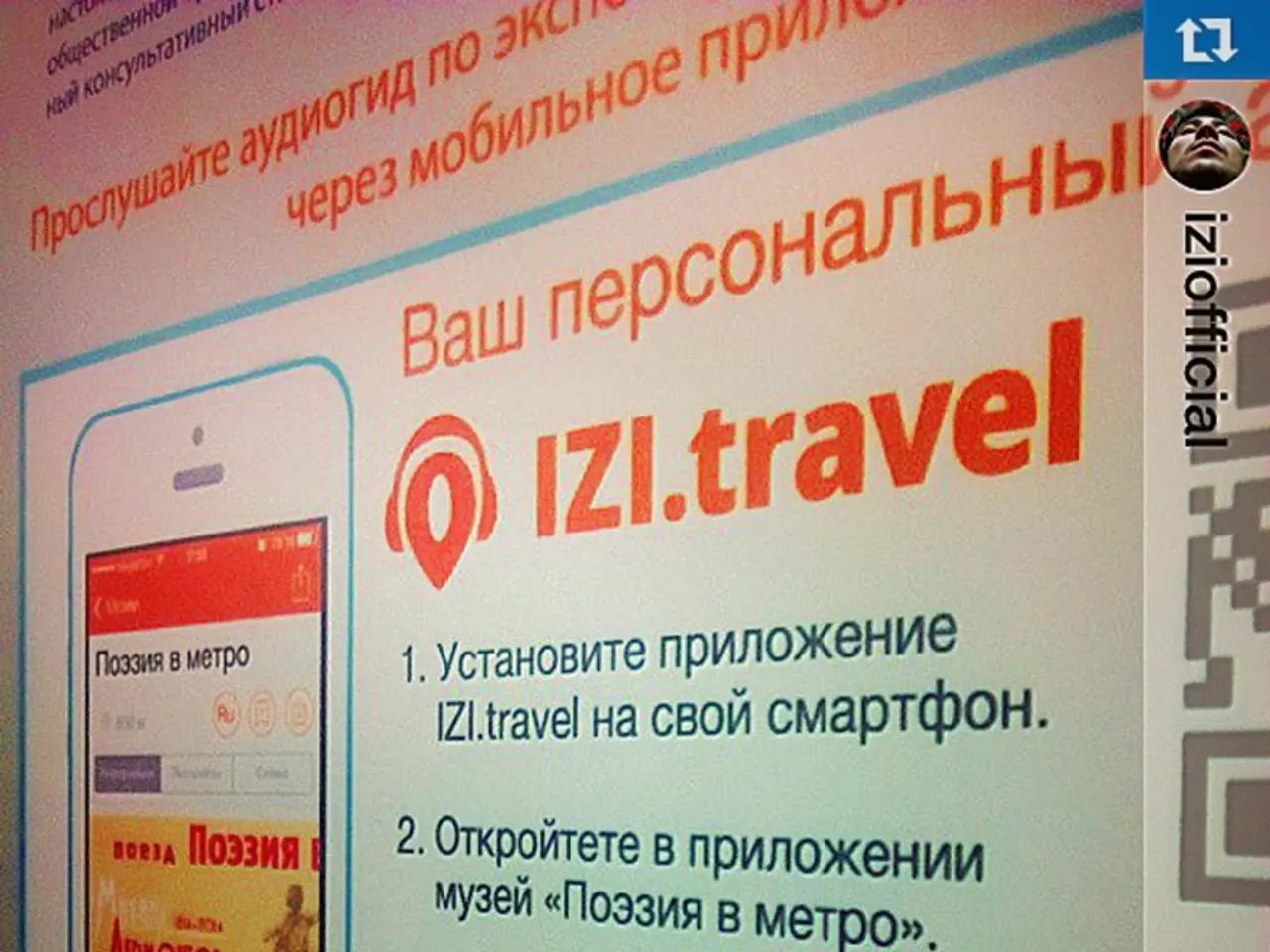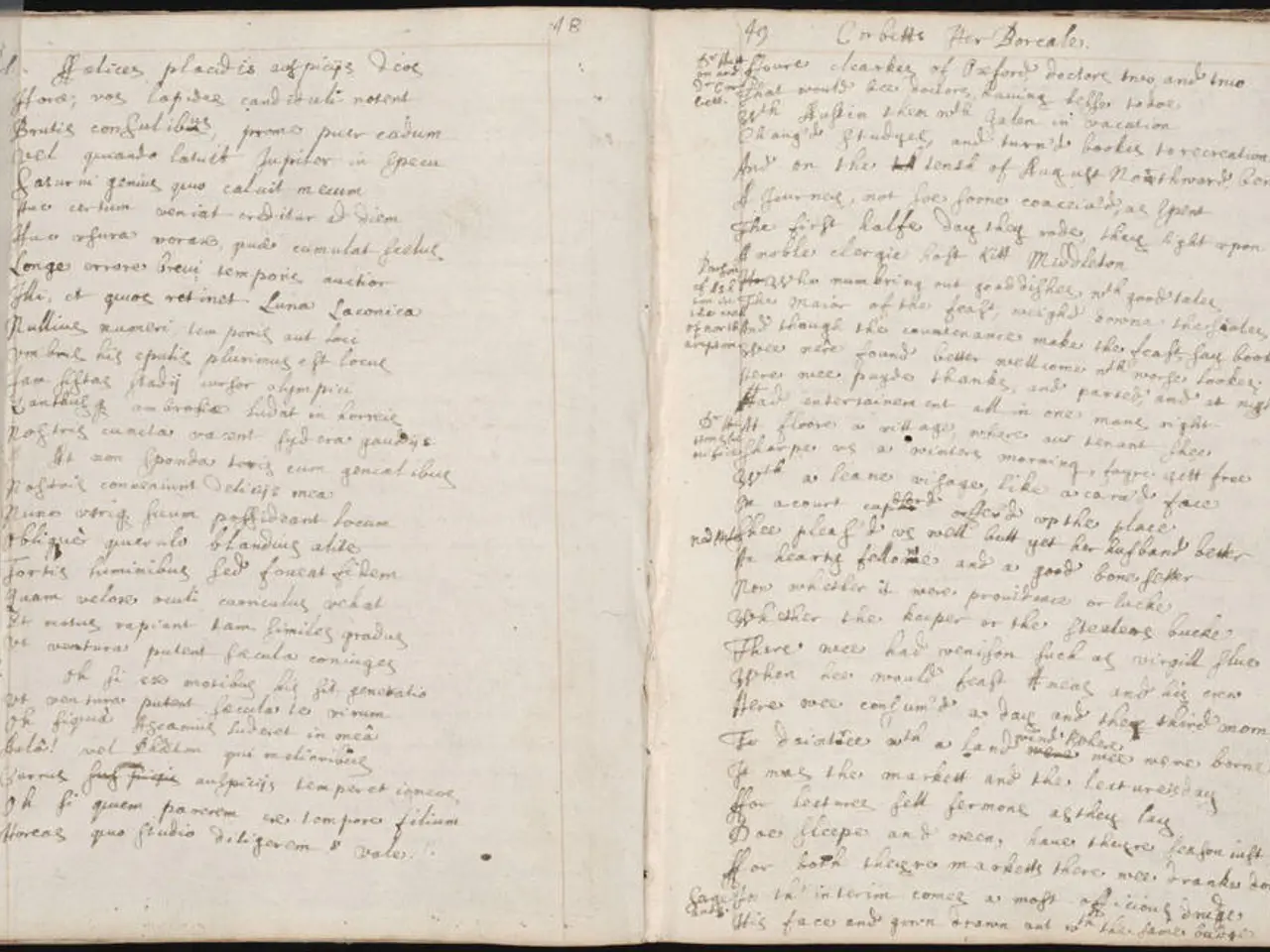Brands harness projection mapping for immersive advertising experiences
In the competitive Australian market, where consumers are savvy and brand-loyalty is hard-won, getting noticed is half the battle. One solution that brands are turning to is projection mapping, a visually stunning and immersive technology that is revolutionising the world of experiential marketing.
Projection mapping offers a way to signal creativity, modernity, and forward-thinking, appealing to consumers who want more from the brands they support. By transforming ordinary surfaces into dynamic, interactive displays, it captures attention in a cluttered digital landscape, offering something unexpected, such as 3D animations on historic buildings or light shows on shopping centre facades.
Brands are using this technology to tell a story in a visceral way, using light, sound, and motion to create immersive narratives that resonate on an emotional level. This helps create emotional "brand moments" rather than just messages, making the experience memorable and shareable on social media, which extends organic reach and engagement.
The benefits of using projection mapping for experiential marketing are numerous. It creates immersive and visually stunning brand experiences that capture and maintain audience attention, bringing brand messages to life in a memorable way. It simplifies complex ideas through dynamic visuals, improves overall attendee engagement, and amplifies the reach of marketing events through shareable and impactful content.
The use of software and high-precision projectors also allows for detailed, large-scale projection effects that can adapt to various surfaces with minimal maintenance and reduced running costs, making it efficient and sustainable for repeated use. Additionally, projection mapping can present complex or abstract concepts more clearly by using 3D animations or interactive graphics, improving message comprehension compared to traditional presentations.
Projection mapping events are perfect for social media platforms like Instagram, TikTok, and YouTube, promoting shareability and engagement. Brands are designing projection installations with shareability in mind, using bright visuals, branded hashtags, and interactive elements that invite people to participate and post.
Brands across Australia and globally are using projection mapping to create unforgettable experiences in experiential marketing. Smaller Australian brands and cultural institutions are also adopting this technology for local events and activations. Many Australian brands, such as Qantas, Telstra, and Tourism Australia, have utilised projection mapping to enhance campaigns and create buzz.
In summary, projection mapping offers a powerful tool for experiential marketing by combining creativity, technical precision, and emotional impact to engage audiences deeply and amplify brand storytelling beyond conventional advertising methods. It is a game-changer in the industry, engaging, delighting, and leaving a lasting impression on consumers.
- Brands in the education-and-self-development sector could utilize projection mapping to deliver immersive learning experiences, creating engaging and emotionally resonant lessons that students can share on social media.
- Combining sports events with dynamic 3D animations using projection mapping could heighten the anticipation and enthusiasm of fans, turning ordinary games into unforgettable entertainment experiences that could go viral on social platforms.




